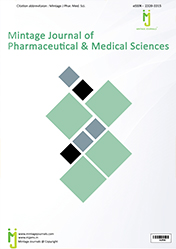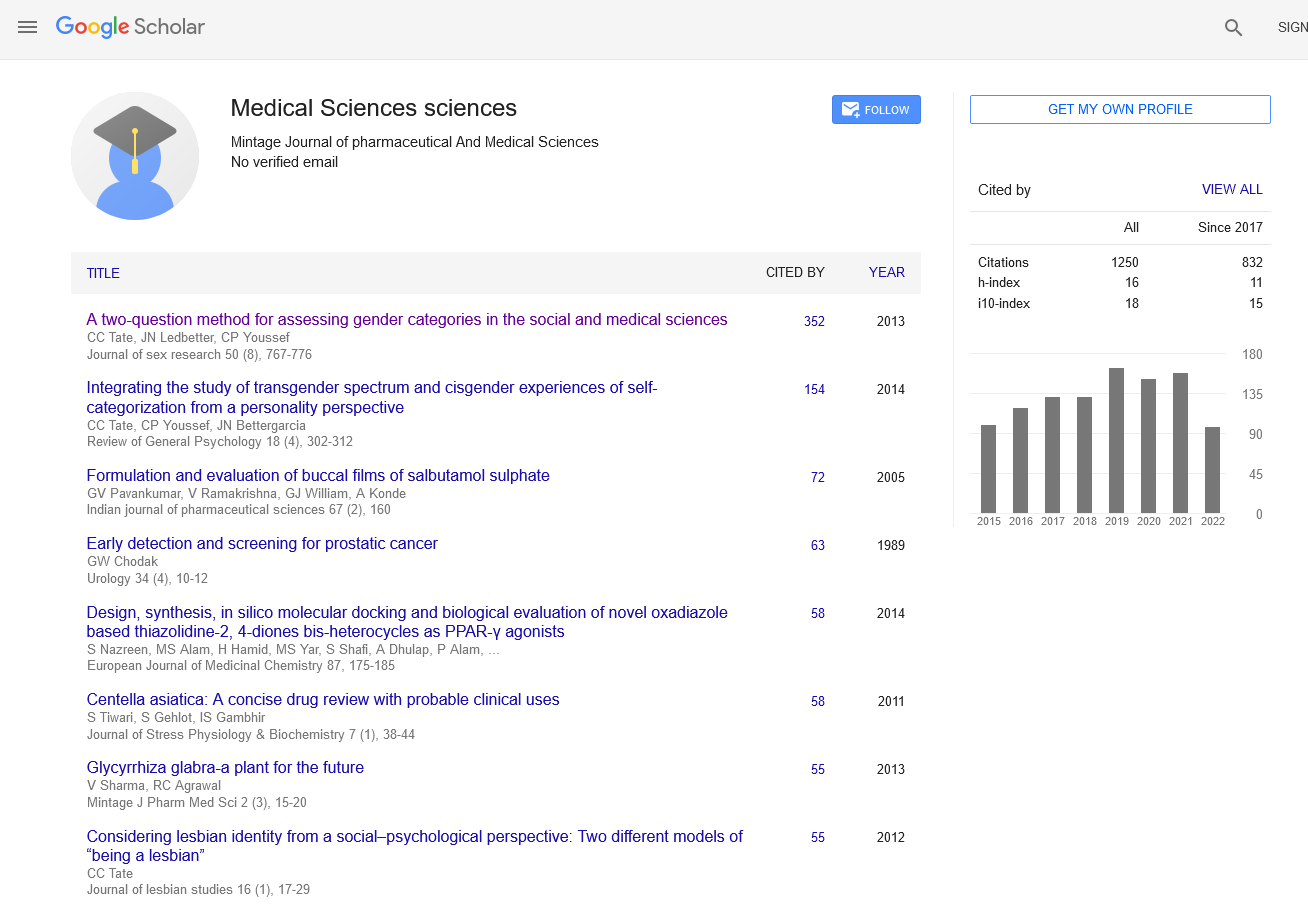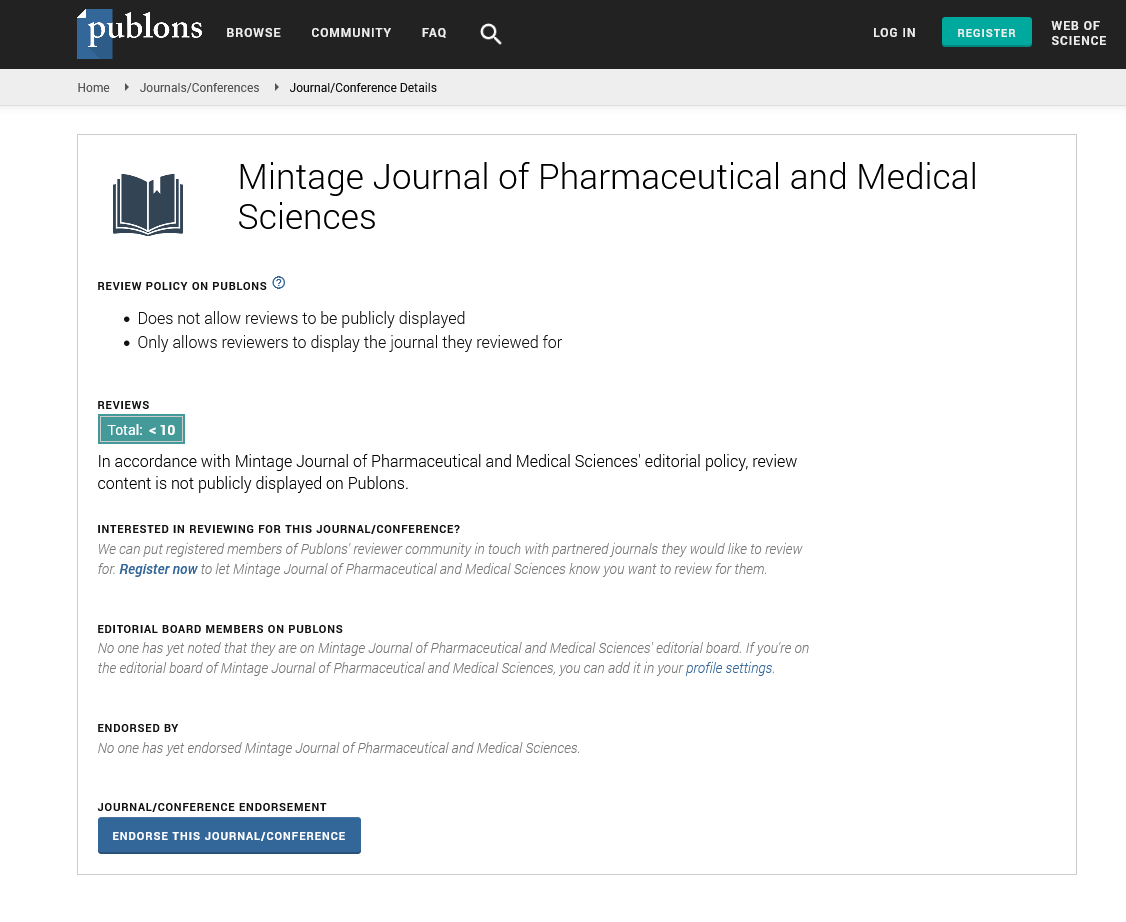Comprehensive Analysis of Forced Degradation and Impurity Profiling of the Anticancer Drug Apalutamide.
Opinion - (2024) Volume 13, Issue 1
Introduction
Apalutamide, an orally administered nonsteroidal antiandrogen, is a critical therapeutic agent used in the treatment of prostate cancer. To ensure the drug’s efficacy, safety, and stability, comprehensive studies on its degradation behavior and impurity profile are essential. Forced degradation studies provide vital insights into the intrinsic stability of Apalutamide under various stress conditions, simulating the potential changes it might undergo during manufacturing, storage, and administration.
Description
Forced degradation involves subjecting Apalutamide to accelerated conditions, such as exposure to heat, light, acidic and basic environments, and oxidative conditions. These studies help in identifying degradation products, understanding the pathways of drug degradation, and establishing the drug’s stability-indicating methods. The elucidation of these degradation products is critical for assessing potential impurities that could affect the drug’s safety and efficacy. In a typical forced degradation study, Apalutamide is exposed to different stressors. Thermal degradation is assessed by heating the drug at elevated temperatures, which can reveal the drug’s thermal stability and potential heat-induced degradation pathways. Photostability testing involves exposing the drug to UV and visible light to simulate the effects of light exposure during storage and handling. Acidic and basic hydrolysis is performed by treating the drug with strong acids or bases, which helps in understanding how Apalutamide behaves in different pH environments. Oxidative degradation is typically carried out using hydrogen peroxide or other oxidizing agents to study the drug’s stability in the presence of oxidative stress. High-performance liquid chromatography (HPLC) is commonly employed to separate and identify the degradation products. Coupled with mass spectrometry (MS), HPLC-MS can provide detailed information about the molecular weights and structures of the impurities. Nuclear magnetic resonance (NMR) spectroscopy further aids in the structural elucidation of the degradation products by providing detailed insights into the molecular framework and functional groups present. The degradation profile of Apalutamide reveals several key degradation products. For instance, under acidic conditions, Apalutamide may undergo hydrolysis, resulting in the cleavage of specific chemical bonds and formation of new compounds. Alkaline conditions might lead to different degradation pathways, producing distinct impurities. Oxidative stress often results in the formation of oxidation products, which might include hydroxylated or peroxidized derivatives of the parent drug. Each identified impurity is then subjected to rigorous toxicological evaluation to determine its potential impact on patient safety. Regulatory guidelines, such as those from the International Conference on Harmonisation (ICH), mandate the identification and qualification of impurities that exceed certain thresholds. Therefore, understanding the structure and toxicity of these impurities is crucial for the overall risk assessment of the drug product. Moreover, the structural elucidation of impurities provides essential feedback for the optimization of manufacturing processes. By identifying the conditions that lead to significant degradation, manufacturers can adjust production parameters to minimize impurity formation. This not only enhances the quality of the final product but also ensures compliance with regulatory standards.
Conclusion
The forced degradation and impurity profiling of Apalutamide are fundamental components of its overall stability assessment. Through rigorous analytical techniques such as HPLC, MS, and NMR, researchers can identify and characterize the degradation products formed under various stress conditions. This information is indispensable for ensuring the safety, efficacy, and quality of Apalutamide, ultimately contributing to better therapeutic outcomes for patients with prostate cancer. By understanding the drug’s degradation pathways and impurity profiles, pharmaceutical scientists can improve formulation strategies and manufacturing processes, ensuring that Apalutamide remains a reliable and effective treatment option.
Author Info
Helge Knight*Received: 28-Feb-2024, Manuscript No. mjpms-24-136516; , Pre QC No. mjpms-24-136516 (PQ); Editor assigned: 01-Mar-2024, Pre QC No. mjpms-24-136516 (PQ); Reviewed: 15-Mar-2024, QC No. mjpms-24-136516; Revised: 20-Mar-2024, Manuscript No. mjpms-24-136516 (R); Published: 27-Mar-2024, DOI: 10.4303/2320-3315/236007
Copyright: This is an open access article distributed under the terms of the Creative Commons Attribution License, which permits unrestricted use, distribution, and reproduction in any medium, provided the original work is properly cited.

ISSN: 2320-3315
ICV :81.58

